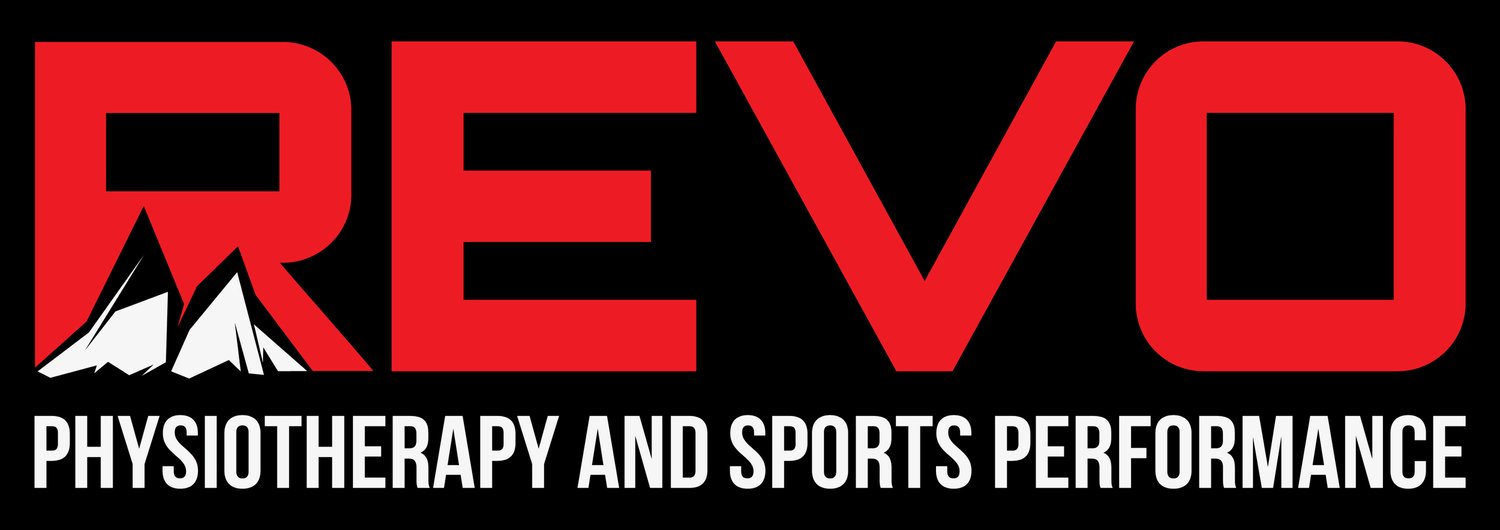How To Run With Knee Pain
Last week we talked about how running won’t ruin your knees, despite your Grandpa’s best efforts to convince you otherwise. While running may not give you osteoarthritis in your knees, it can sometimes be uncomfortable for them. Fortunately, there are several very common threads in our training and running that can play a role knee pain. What are they and what can we do about them? Let’s dive in and decrease our knee pain!
Training Load
Training load seems to catch a lot of flack these days, but for good reason - training error is the biggest risk factor for developing running related injuries (RRI). We runners are a bit notorious for doing too much, too quickly, too soon at one point or another in our athletic careers. We’re victims of our own enjoyment of the sport - we love it so much we tend to lose track.
So how best to measure and track training load? You could keep it as simple as logging your minutes, especially if you’re returning to running or just starting out. A more precise and informative measure, accounting for your effort during a given run, is the Session-RPE method developed by Foster et al. in 2001. This tracking method requires the individual to rate each workout on a scale of 0-10, as displayed in Fig. 1.
Fig. 1: Adapted from maximizepotentialtx.com
Say, for example, you’d rate today’s 45 minute tempo run as a 7/10. To find your Session-RPE, take the minutes run and multiply by the RPE. In this case, the Session-RPE would be 315. What if you have a 15 minute warm-up at 4/10, 15 minutes of speed work at 8/10, then a 5 minute cool-down at 3/10? Well, (15x4) + (15x8) + (5x3) = 195. Use a journal. Track it weekly. If you’re a visual person like me, record it in Excel then make a pretty little line or bar graph out of that shit. Data - get you some!
With Session-RPE, you’re really just tracking your workload. One way of making sure you can stay on top of it is to use an app like Strava and identify your effort level in the app immediately after your run. You can always refer back later when you need to record in your exercise journal/diary. From there, do the math, write it down, track it week to week and keep big spikes in workload to a minimum.
Step Rate/Cadence
Since the 1980’s, much ado has been made about step rate or cadence. Jack Daniels, an Olympian and world-famous running coach, observed during the 1984 Olympics that only 1 of 47 runners across multiple events had a step rate less than 180 steps/minute. Once that was published information, the running world took it and, well, ran with it (roll your eyes here). The information became so deeply ingrained that nearly 40 years later, I still work with runners who think 180 spm is the magic number they need to be hitting. Rest easy friends. A step rate of 180 spm is nice for some, but definitely not required for most.
In another corner of the running world, I had the great fortune of learning from Bryan Heiderscheit during my residency year in Wisconsin. Dr. Heiderscheit is one of the premier researchers in the world on stride mechanics. In 2011, he and his team uncovered a treasure trove of possible benefits from manipulating step rate in runners. Among other things, Heiderscheit et al. found that the knee absorbed significantly less energy when step rate was increased 5 and 10% above a subject’s self-selected rhythm.
I try to bother as little as possible with an athlete’s stride mechanics, and I will talk anyone’s ear off who thinks they need to change their foot strike pattern (Hint: 99.9% of people don’t). Over the years, the variable with which I’ve tinkered most is easily step rate, and even then I share as little as possible to produce the desired benefit to the runner. Have a look at the Heiderscheit article. There’s some professional jargon in there, but just a little digging and you’ll get the gist.
Quad/Soleus Strength
Boiled down, most any sport is a repeatable process of shock absorption and force production. Our muscles and tendons work in concert with each other to achieve these goals. Training tendon stiffness and elasticity is a blog all its own. Runners make absolutely massive use of their Achilles tendons for stored energy, and their elasticity/stiffness are vital to optimize loads across the foot, ankle, knee, and hip. I’ll do a deep dive blog on this in the future, as it deserves well more than a simple paragraph or two.
What’s more easily approached is the idea of how much force different muscle groups must produce during our running gait. If we’re talking force production and muscles that immediately impact the knee, the soleus and quadriceps group are the primary focus.
While the soleus may not look sexy or intimidating from the outside, it’s a powerhouse. The soleus produces forces up to 8x (!) your body weight when you run.
Nearly as soon as your foot hits the ground, your soleus acts to start slowing your tibia (shin bone) as it travels over the top of your ankle. In addition to slowing your tibia, it acts to absorb and distribute force more evenly around the foot, ankle, and knee.
Traveling north up the leg, the quadriceps are also a vital muscle group to protect against knee pain. This seems obvious, but sometimes we forget about them because the glutes got a LOT of play for a long time. Glute lovers, please know that I love and value them, too. You probably know the glutes have a role in limiting risk of knee pain. They just may not be quite as vital as the other items listed here. I’m always happy to discuss, so hop in the comments or email me so we can understand each other.
Back to the quads. Their function is pretty simple - extend the knee or keep it from bending too far, too quickly. The quadriceps group (rectus femoris excluded, per Dorn et al. 2012) handle up to 5x your body weight when you run, so they’re a BIG deal for protecting the knee. Strong quads, strong soleus, can’t lose. I’ll talk more about my favorite ways to plump these beauties in a soon-to-come blog.
Hip mobility
I won’t get too scienc-y with this one. It would require me digging into my old biomechanics texts and you’re not here for that. What I’ll say anecdotally, as a clinician of almost a decade, is that if someone is experiencing knee or back pain, I’m always looking at their hips first. Do the hips need to be strong? Of course they do, but just as important as strength is their mobility. Your hip has a 1:1 relationship with your knee, meaning there’s no other joint between to disperse the energy. Mobile, strong hips generally contribute to healthy, happy knees. Even some semi-regular (3x/week) work on the hip flexors/quads, adductors, hamstrings, & deep hip rotators can do absolute wonders for the hip-knee relationship. What mobility drills should you focus on? Stay tuned because, guess what? Blog coming soon!



